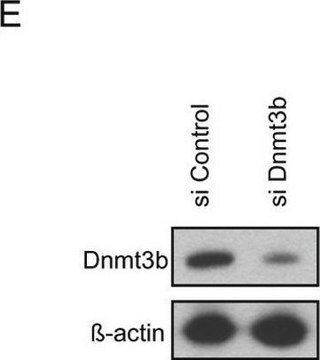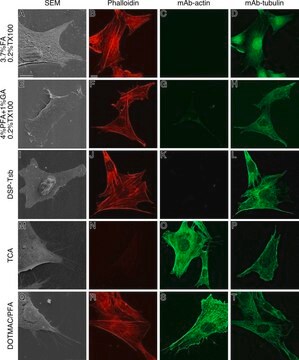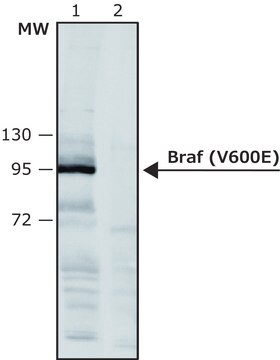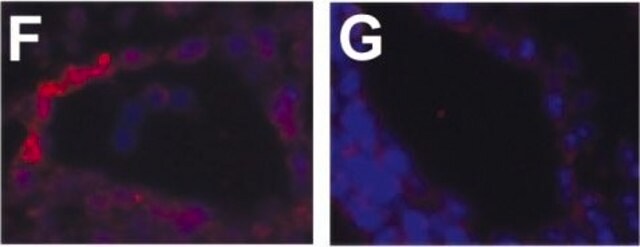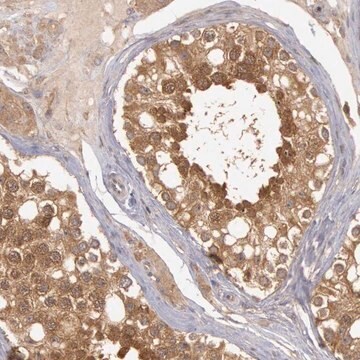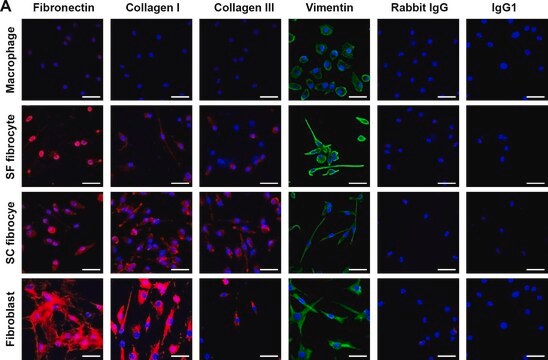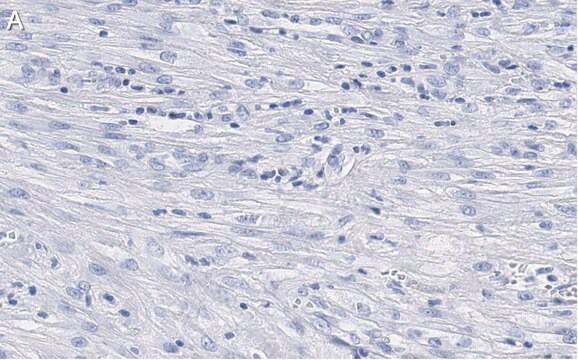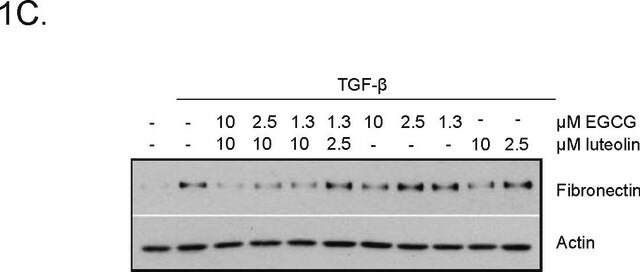SAB5600047
Anti-BRAF (V600E) antibody, Rabbit monoclonal
recombinant, expressed in HEK 293 cells, clone RM8, purified immunoglobulin
Synonim(y):
Anty-B-RAF1, Anty-B-raf, Anty-BRAF-1, Anty-BRAF1, Anty-NS7, Anty-RAFB1
About This Item
Polecane produkty
rekombinowane
expressed in HEK 293 cells
Poziom jakości
forma przeciwciała
purified immunoglobulin
rodzaj przeciwciała
primary antibodies
klon
RM8, monoclonal
recombinant monoclonal
Formularz
buffered aqueous glycerol solution
reaktywność gatunkowa
human
stężenie
~1 mg/mL
metody
ELISA: 0.5-2 μg/mL
immunoblotting: 0.5-2 μg/mL
immunocytochemistry: 0.5-5 μg/mL
immunohistochemistry: 0.5-5 μg/mL
izotyp
IgG
numer dostępu NCBI
numer dostępu UniProt
Warunki transportu
wet ice
temp. przechowywania
−20°C
docelowa modyfikacja potranslacyjna
unmodified
informacje o genach
human ... BRAF(673)
Opis ogólny
Specyficzność
Immunogen
Działania biochem./fizjol.
Cechy i korzyści
Postać fizyczna
Oświadczenie o zrzeczeniu się odpowiedzialności
Nie możesz znaleźć właściwego produktu?
Wypróbuj nasz Narzędzie selektora produktów.
Kod klasy składowania
10 - Combustible liquids
Klasa zagrożenia wodnego (WGK)
WGK 2
Temperatura zapłonu (°F)
Not applicable
Temperatura zapłonu (°C)
Not applicable
Wybierz jedną z najnowszych wersji:
Masz już ten produkt?
Dokumenty związane z niedawno zakupionymi produktami zostały zamieszczone w Bibliotece dokumentów.
Nasz zespół naukowców ma doświadczenie we wszystkich obszarach badań, w tym w naukach przyrodniczych, materiałoznawstwie, syntezie chemicznej, chromatografii, analityce i wielu innych dziedzinach.
Skontaktuj się z zespołem ds. pomocy technicznej